How do penguins fit in the Young-earth Creationism model?
In his article titled “Penguins After the Flood,” Chad Arment provides answers to several inquiries concerning penguins and creation. These include whether all penguins belong to one biblical kind, whether there were penguins on the Ark, the history of penguins according to secular and creationist models, and penguin diversification.
The following article is a summary of “Penguins After the Flood,” by Chad Arment, and of the surrounding discussion and research pertaining to it. The views expressed do not necessarily reflect those of New Creation.
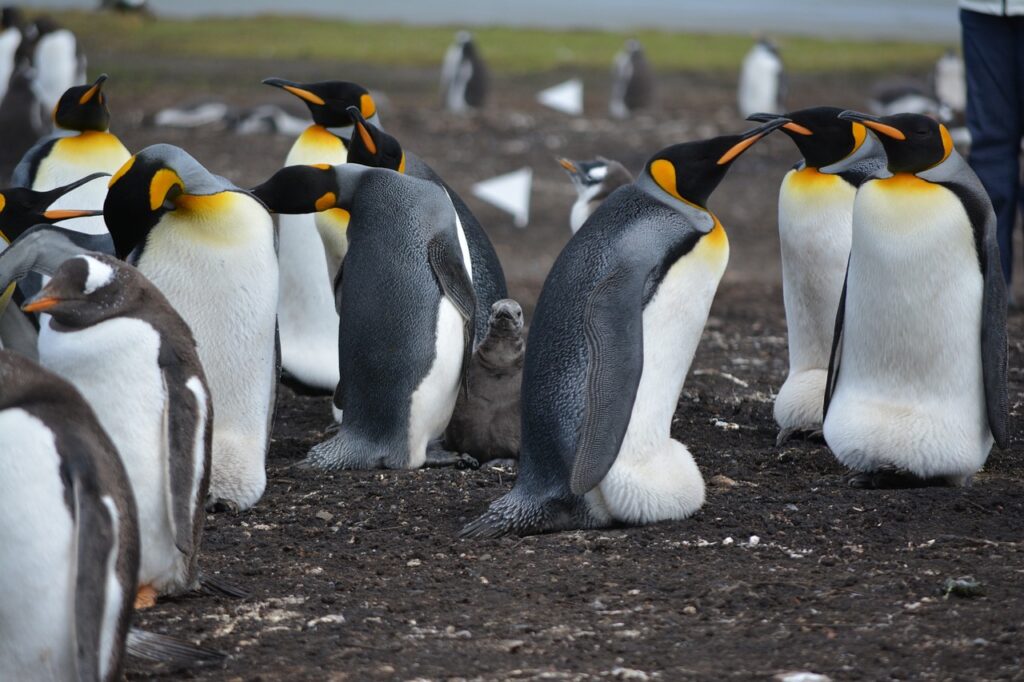
Is There a Single Penguin Kind?
Taxonomists use the Linnaean classification system to organize all living species. This taxonomy organizes all living things in groupings ranging from broad categories (Kingdoms) down to interbreeding organisms (Genus and Species). Generally, among vertebrates, a biblical kind correlates to a Linnaean “Family.” Family Canidae, for example, refers to the dog family, widely viewed as a single biblical kind.
Of course, this is not a creationist law. For instance, if an animal kind branched (or diversified) immediately after the Flood, that kind may consist of multiple families. If there was little post-flood branching, it is often more appropriate to equate the taxonomic group “family” with the biblical word “kind.” With this in mind, creation scientists have established that both the ~20 living species and 38 extinct genera of family Spheniscidae (the penguins) are collectively a single kind. While only the living species have been officially studied by baraminologists, Arment is comfortable assuming the extinct species are in the same kind since they are morphologically similar.
On the Ark and in the Fossil Record
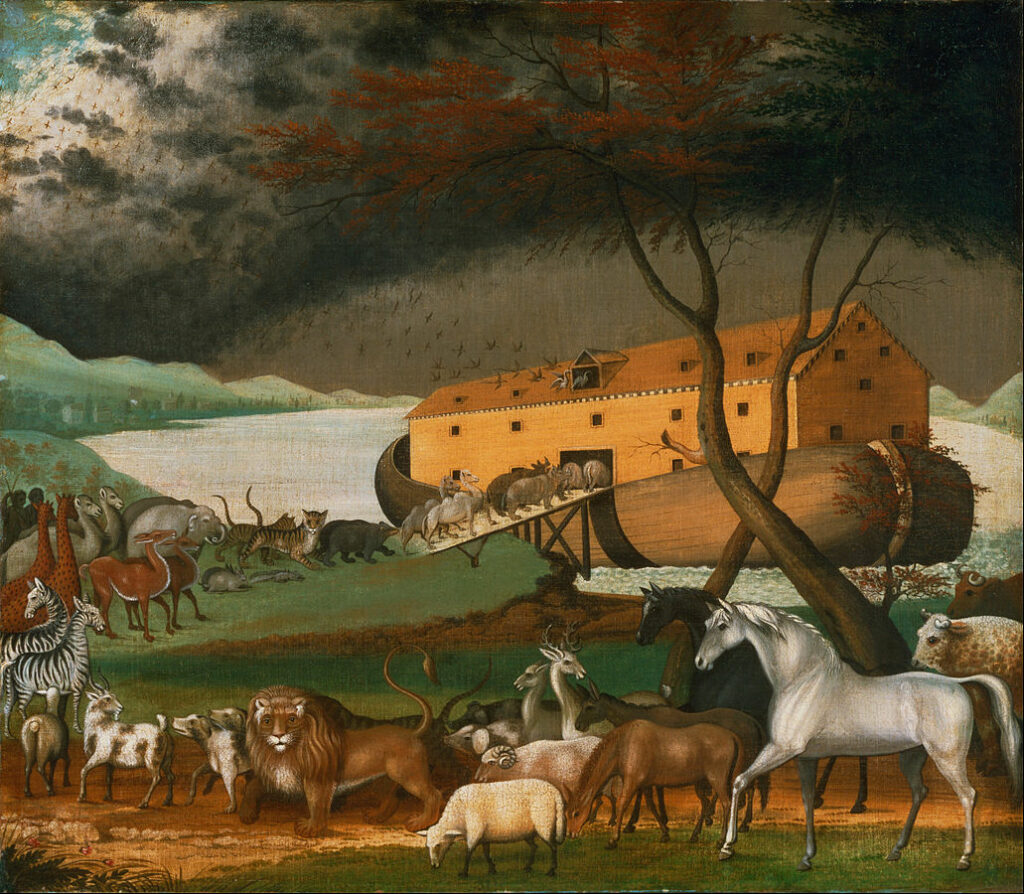
The question of whether penguins survived on the Ark depends on which day of creation God created them. Surprisingly, creationists are at a loss when it comes to this question. The difficulty lies in how penguins would have been classified in Genesis. God could consider them sea creatures. In this case, they would have survived the Flood on their own, like whales and seals did.
On the other hand, God could consider them land animals. A single pair, then, would have been on the Ark. Ostriches and emus would have been in this category, since flightless birds cannot be considered “flying creatures.”
Finally, God could have created penguins as flying birds, losing their flight afterwards as they gradually adapted to an aquatic lifestyle. In this case, they would have spent the Flood on the Ark as a pair. No known penguin fossils, however, are known to have flight capabilities. In addition, other studies suggest the earliest penguin fossils were flightless.1
The earliest penguin fossil was found in lower Paleocene rock in New Zealand. Researchers have found other penguin genera in upper Paleocene sediments. (According to evolutionists, these rock layers correspond to ancient epochs of time). According to Arment, these early Waimanu fossils could have been Flood-contemporary, or existing at the same time.
History of Penguins
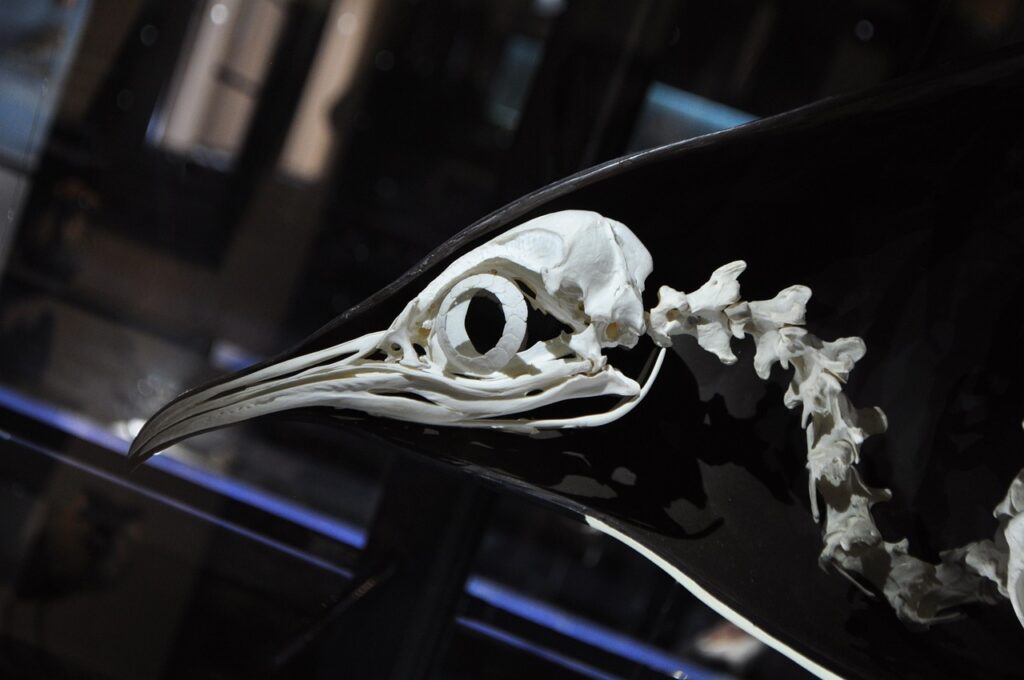
Building from research in immunology, scientists have suggested that penguins are closely related to loons, albatrosses, herons, and grebes. Meanwhile, Phylogenetics (the study of how closely organisms are related to each other on the evolutionary tree) suggests that the stork is the closest penguin relative. Thus, the evolutionary history of penguins remains “inconclusive.” Currently, evolutionists believe early “stem” penguins arose in the Cretaceous, but there are no available fossils to support this. Instead, they build this conclusion from evidence in phylogenetics.
George Gaylord Simpson proposed three possible ideas about what type of bird penguins evolved from: a bird capable of flight, a small bird that could fly and swim, or a flightless bird that used its wings for underwater propulsion. No fossils of these penguin-like ancestors have been found. Scientists do have theories about how certain penguin species may have evolved. For example, they think the ‘Crown’ penguin evolved in New Zealand during the Pliocene epoch.
According to the creationist history of penguins, there was plenty of quick diversification among penguins leading up to today’s ‘crown’ penguin. This rapid “fine-tuning adaptation” in penguin morphology suggests that these penguins lived in a “dramatically changing” world. Morphological features that changed during this lineage include flipper bones, pectoral girdle, and wing joints.
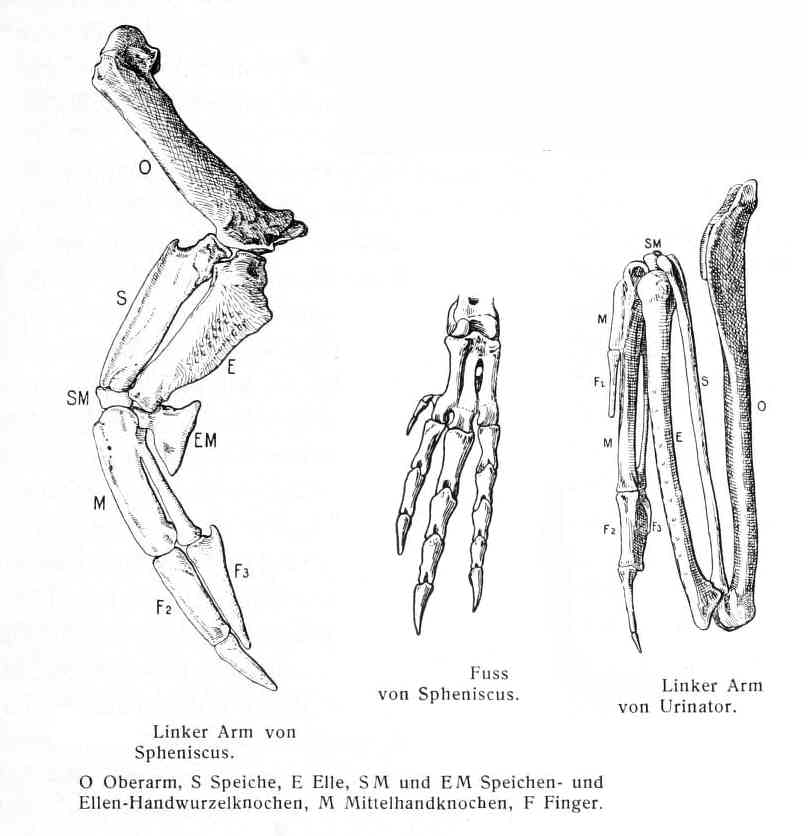
There were many intriguing differences between the early penguins of the Paleocene era and that of the crown penguin. Based on the bone structure of these penguins, their hind legs likely performed an additional function (extant species only use their feet for thrust) or they could not yet walk upright. The Paleocene species Muriwaimanu had unique phalanges that were more like extant flying birds than living penguins. Eocene era penguins developed better heat regulation but still did not have the signature black-and-white coloration, suggesting that this is a modern feature. Short beaks were an adaptation of the Miocene.
Every animal kind begins with the “stem” species, which diversifies and branches into modern species. Thus, the history of animal kinds should resemble trees. In penguins, size varied far more in the “stem” penguins than in extant species. In fact, Arment suggests that size alone indicates that at least ten species co-existed in the Eocene era on Seymore island. Reports of giant (>1.5m) penguins, however, are questionable. The largest penguin alive is the emperor penguin, whose maximum standing height is 1m.
Diversification
The rapid diversification of early penguins likely coincided with an early post-Flood dispersal across the southern hemisphere. Likely, penguins adapted to new niches created by a world recovering from the Flood. For example, early penguins had long beaks for spearfishing, but these bills changed as the birds adapted to new diets. This dispersal of penguins throughout the Southern Hemisphere was (probably) fueled by oceanic currents, especially the Antarctic Circumpolar Current. It did not occur in one giant dispersal event, but rather multiple, independent events. South Africa and Australia, for example, experienced separated diversification of penguins. In this way, penguins adapted to available ecological niches across the Southern Hemisphere. The invasion of Antarctica by penguin species is likely a more recent occurrence.
Adaptation of the Emperor
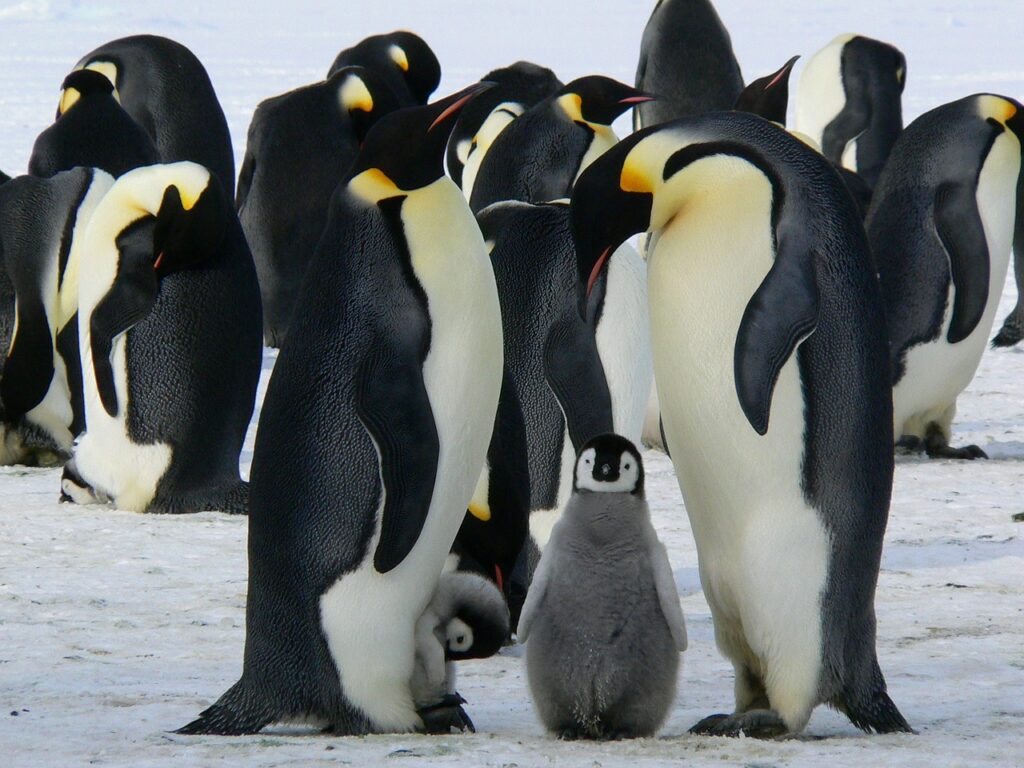
The emperor penguin (Aptenodytes fosteri) is one example of penguin adaptation in the Antarctic continent. Emperor penguins are the tallest (1m), heaviest (45kg), and deepest diving (1000m) penguin species. These factors are no accident; penguins need their size and abilities to survive at the south pole. Only emperor penguins raise young during Antarctic winters. Thus, the emperor penguin’s lifestyle is remarkable in more ways than one. They demonstrate elegantly the wonders of adaptation in a post-Flood world.
Before emperor penguins give birth, they must gain body fat. They do this every summer (which is January to March in Antarctica). After this feeding period, grown penguins travel 75 miles inland to their breeding grounds, where they court and mate. During this time, the mates learn each other’s call. When the female lays her single egg, she carefully transfers it to her mate’s featherless breeding pouch. There, it will incubate. She journeys back to the sea to eat. When she returns she must locate her mate (by sound alone) and her offspring, which is now hatched and hungry. She feeds the chick by regurgitating her food. Now, the male leaves the family and returns to sea, repeating the process the female has just completed. This cycle is what keeps the chick alive.
When they reach a certain age, the penguin chicks will form a cluster to warm themselves while their parents take turns hunting. When the chick molts into juvenile plumage, the mass of penguins cease feeding their offspring and return to sea. (Molting occurs from November to December. The birds stay insulated while molting since their old feathers remain attached to their new feathers as they grow).

Clearly, emperor penguins are perfectly adapted to the challenges of breeding and reproducing in a place few other species can survive. We can observe similarly complex adaptations in other penguin species as well, be they Antarctic or tropical, Galapagos or Mediterranean. Yet it is likely that all penguin species are members of the same created kind. As Chad Arment demonstrates, this knowledge is a testament to the adaptability of creation rather than a challenge to the validity of creationism.
Footnotes
- Slack, Kerryn E., et al. 2006. “Early penguin fossils, plus mitochondrial genomes, calibrate avian evolution.” Molecular biology and evolution 23.6: 1144-1155. ↩︎

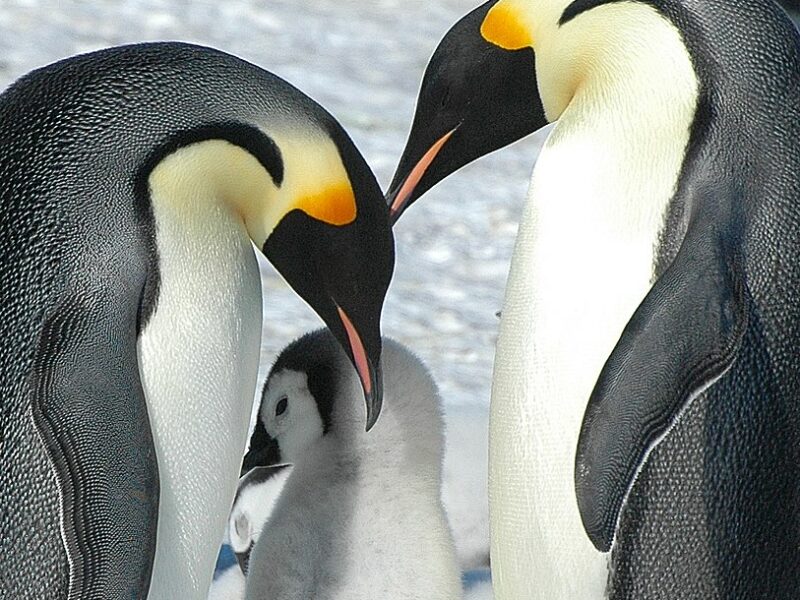
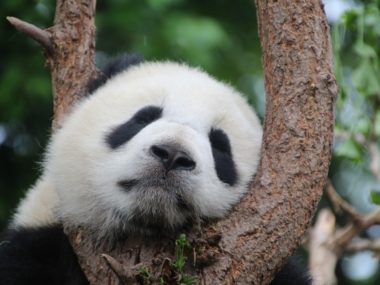

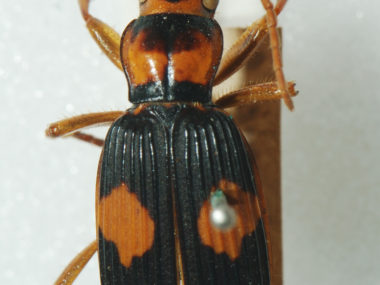
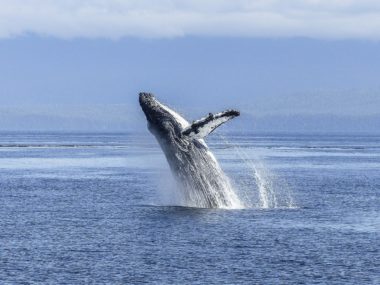
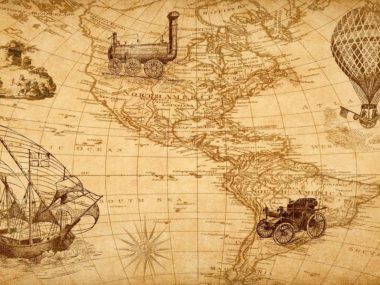
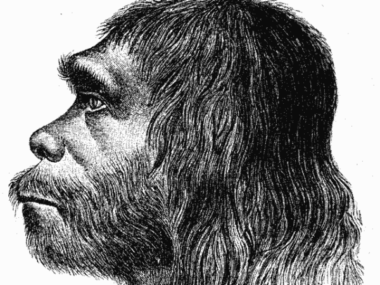




I like Chand Armets blog. he does great research and good ideas. I fail to see how so many bird kinds were on the ark. Indeed the penguin was just a flying bird that took to the ground like so many. It probably is just a type in a spectrum that included many post flood extinct types in some kind of bird.
the great point about them is how adapted they are to swimming . This is a clus to how adaptable ground birds are and so why theropod dinosaurs were also just ground birds in a interesting array of traits. T rex is just like a penguin in its strangeness but still was just a big dumb flightless ground bird.